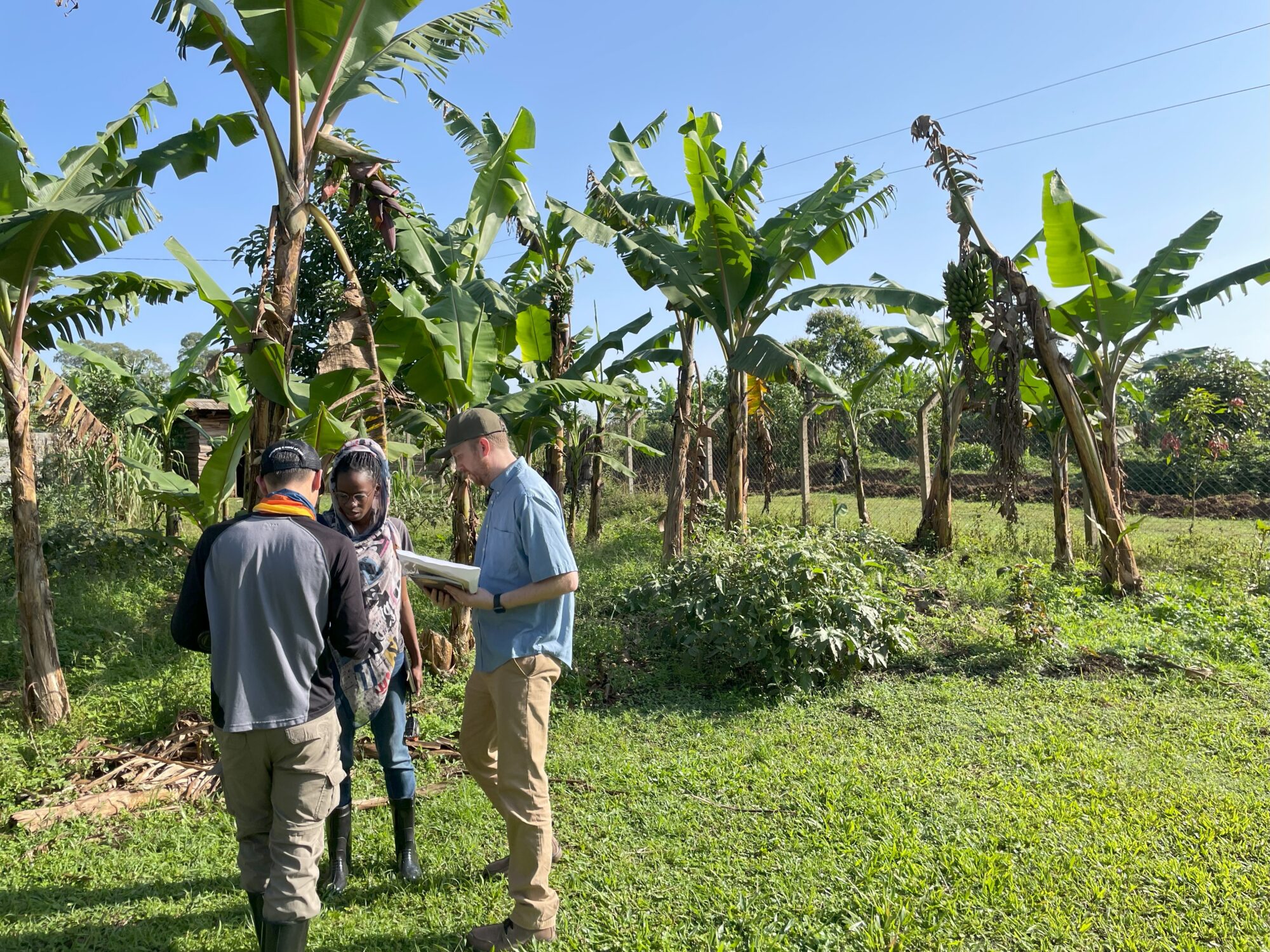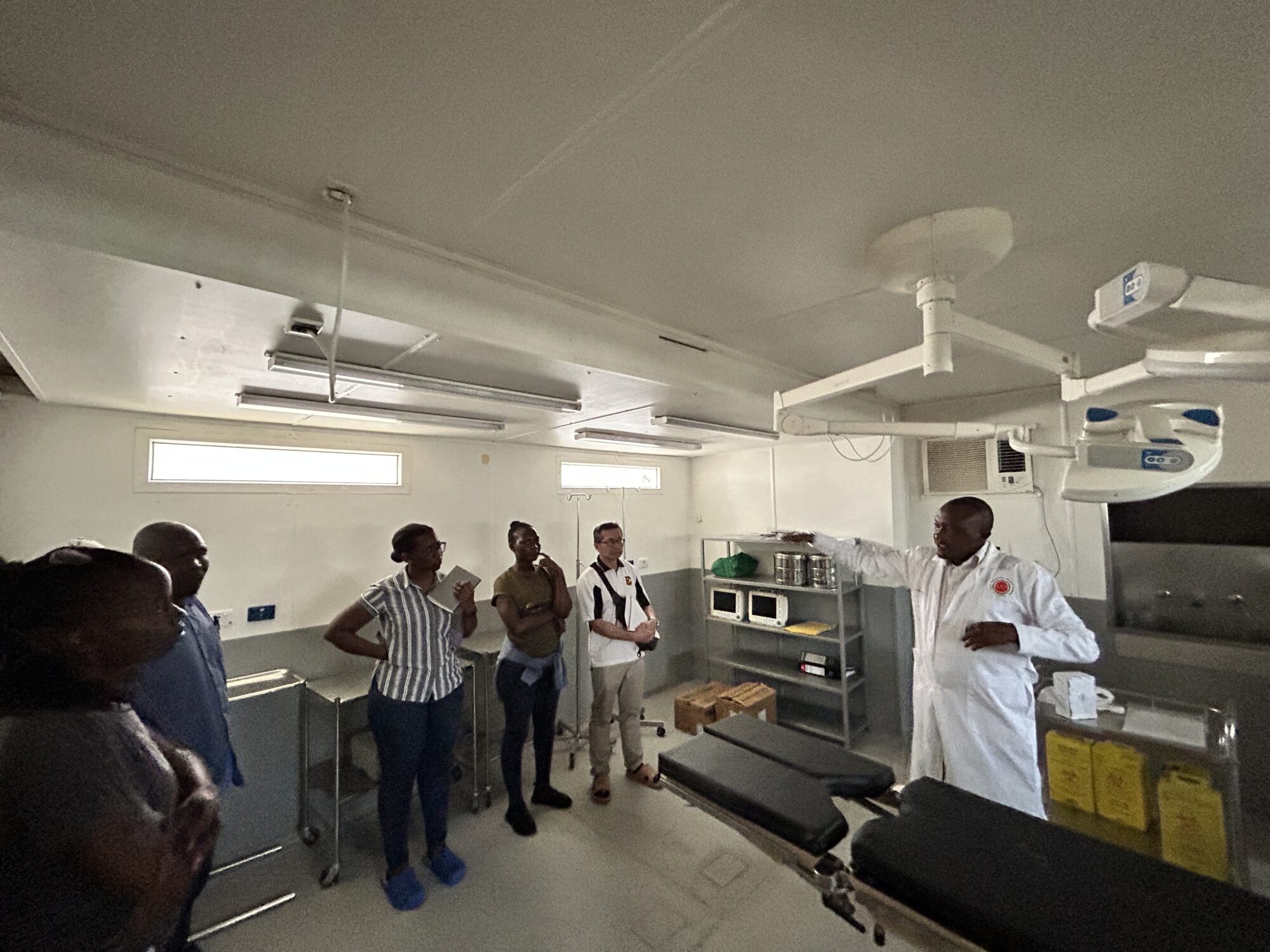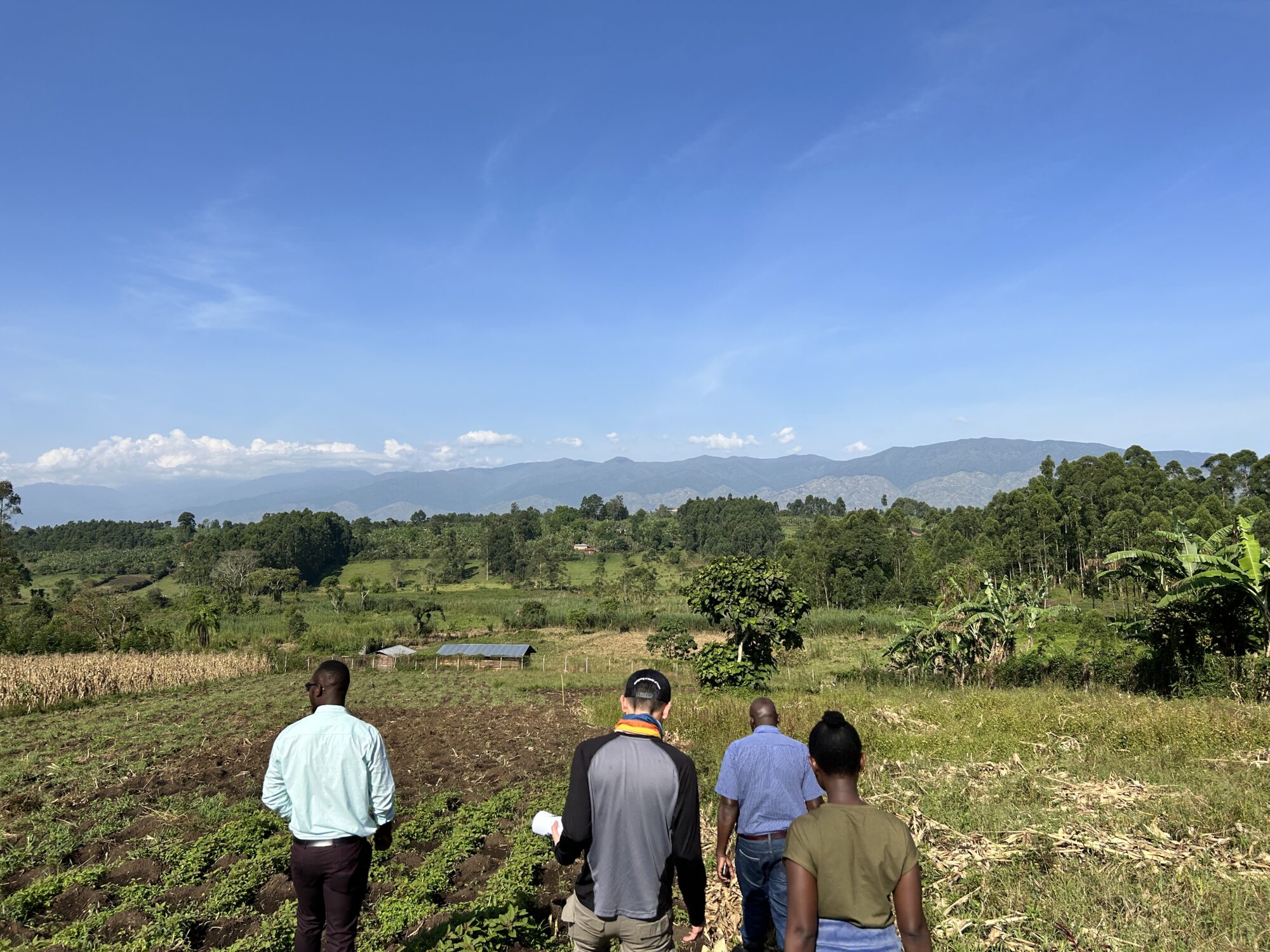At Philowilke, fostering personal and professional growth is ingrained in our culture, encouraging our employees to excel. One such individual, Zach Mitchell, Associate Partner, has demonstrated the application of his design and architectural expertise beyond his professional sphere, actively engaging in volunteer work. We recently had the opportunity to sit down with him and delve into his volunteering experience in Fort Portal, Uganda. During our conversation, Zach shed light on various aspects, emphasizing the importance of cultural sensitivity when practicing architecture in different countries, as well as the valuable lessons in humility that he gained through client interactions.
Can you please give me a brief overview of the project and how you came across the opportunity?
Throughout my involvement with EMI since college, I have actively participated in various projects. EMI is a Christian non-profit organization comprised of architects, engineers, surveyors, and construction managers. I learned about this specific volunteer opportunity through EMI. Subsequently, EMI was contracted by Maranatha Health, an organization with a facility in Fort Portal, Uganda. The primary focus of this project was to was to program a new ground up hospital specifically geared to pediatrics and Women’s health. Maranatha health is building a new facility since their existing facility does not adequately support the care they are providing for the people of Fort Portal. This new facility will give them the healing environment that they are looking for and also help them further their mission to improve the health system and health education in the community.
When they eventually start the maternity ward, would you go back to work on that or would it might depend?
Yes I would love to go and be apart of the future expansion of the maternity ward. I hope that they are able to grow and expand their operations to support this function. EMI is always looking for volunteers and even if I am not able to go again on this project, I would love another opportunity to serve on one of their projects.
How many architects were on this project and what was the team dynamic like?
The project team consisted of several volunteers (3 Architects, including myself, 1 Landscape architect, 1 electrical engineer, 3 civil Engineers and a couple of interns). The team was a mix of American, Canadian, and Ugandan professionals. I found that this diverse group of experience and background was dynamic and provided some great opportunities to learn and grow as a designer/Architect. We were all looking to learn from each other, which I think is part of the reason why our group got along so well, and produced some great work.
Have you ever been to Uganda?
I have traveled to Uganda and Kenya several times before for other humanitarian and mission type trips with churches. So I was somewhat familiar with the country and culture, but traveling as an Architect and getting to collaborate with Ugandan Architects and Health providers made this trip very special. It was an amazing opportunity that I will never forget.
What did this project mean to you as an architect?
As an architect, this project held great significance for me. I have always aspired to contribute to architecture that facilitates improved access to healthcare and promotes the well-being of individuals within the spaces we design. In designing and constructing these facilities, we must prioritize both the needs of the people and the functionality of the spaces. This is especially important in areas where access to design services is uncommon and there are limited opportunities for pre-planning and development. The opportunity to provide our expertise and collaborate with the Fort Portal team to address their specific requirements and plan accordingly was immensely rewarding. Our final presentation with the Board of Maranatha health and doctors who worked there was exciting – they will finally have a space that is purpose built for them. Their energy and excitement to see part of their vision fulfilled was inspiring. I am just glad that I could be a small part of the vision that Maranatha Health has for the future of their facility and ministry in the community
What are some things you learned throughout your trip, culturally, design-wise, and or any architectural related things?
Culturally, I observed that Ugandan society places great importance on relationships and interpersonal connections. During my experience, I learned valuable lessons in humility and the importance of listening intently to the pauses of speech in our review times with the Doctors. Sometimes, it was apparent that there was something that was not working with our planning design, the doctors would not necessarily say this directly, but we were careful to ask more questions of them, which, in turn, revealed some issues with our design. This process of listening, asking questions, and building trust enabled us to find issues and try to address them, while also being culturally sensitive in communication. Communication and trust go hand in hand.
Architecturally, one of the main challenges was adapting to the absence of advanced mechanical infrastructure systems. This highlighted the contrast between the infrastructure we often take for granted in the West and the limitations faced in Uganda. As architects, we were compelled to explore practical methods of designing around climate, weather conditions, airflow, and electricity in this context. Architecture and design in Uganda are more closely intertwined with nature and the surrounding environment. This attention to nature and passive design was such a unique opportunity. I got to explore new ways of approaching heating and cooling with architectural features vs. relying on MEP systems. It was so fun to collaborate and learn from my Ugandan teammates with their unique approaches to space utilization and building design.
Is there anything else you want to add to share about your volunteer experience?
Overall, the most significant lesson I learned and found invaluable during this experience was the importance of trust. One of the Ugandan team members referred to it as the principle of prior trust, meaning that we as architects/designers in any situation with a client or coworker be should ask ourselves: “Is what I am doing, saying, and thinking building or undermining trust?” I thought that was a really powerful statement, and helps me frame the right perspective in my own life as I interact within my profession and socially in my community.
Authors
Shannon Hayes





